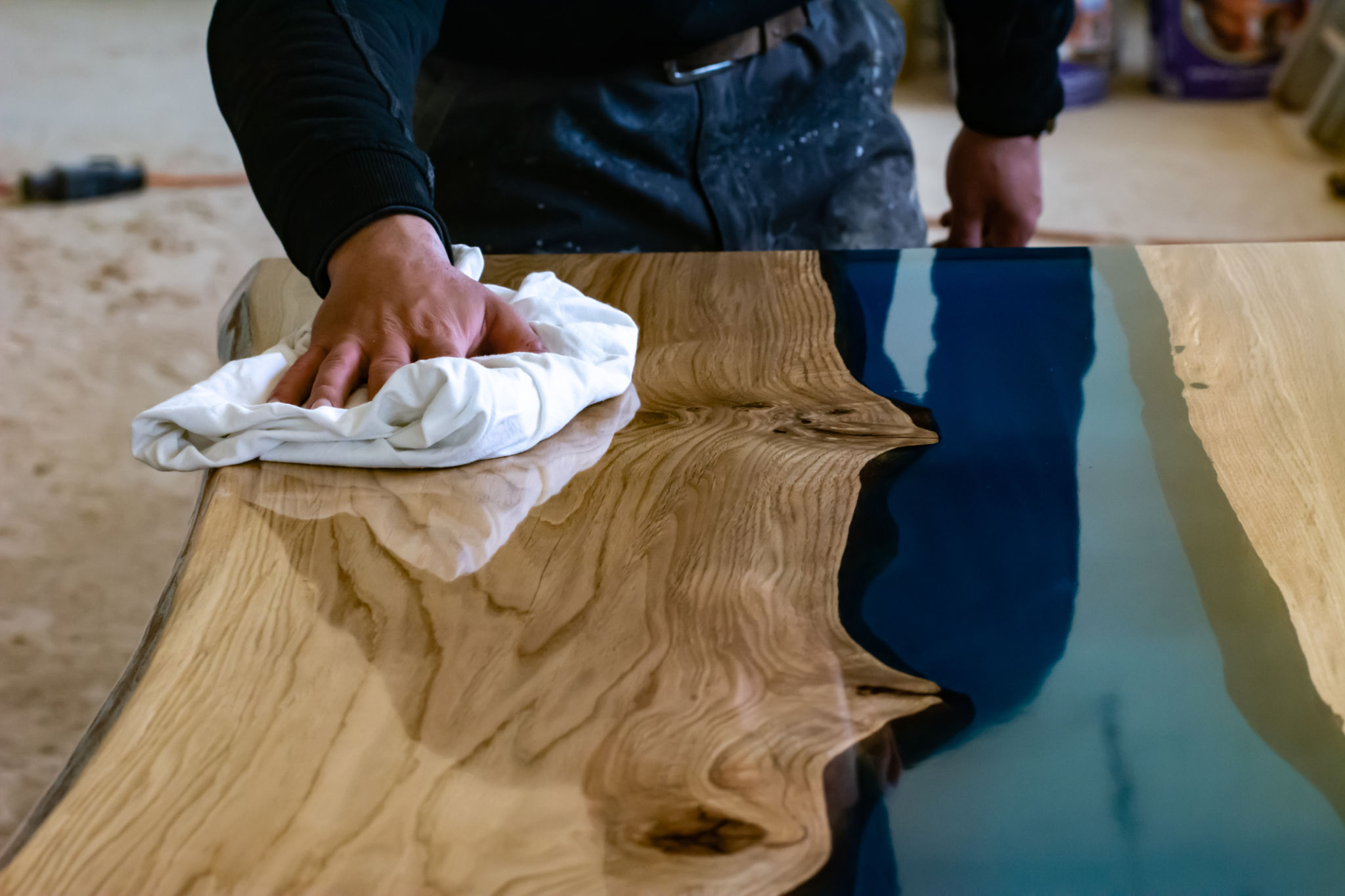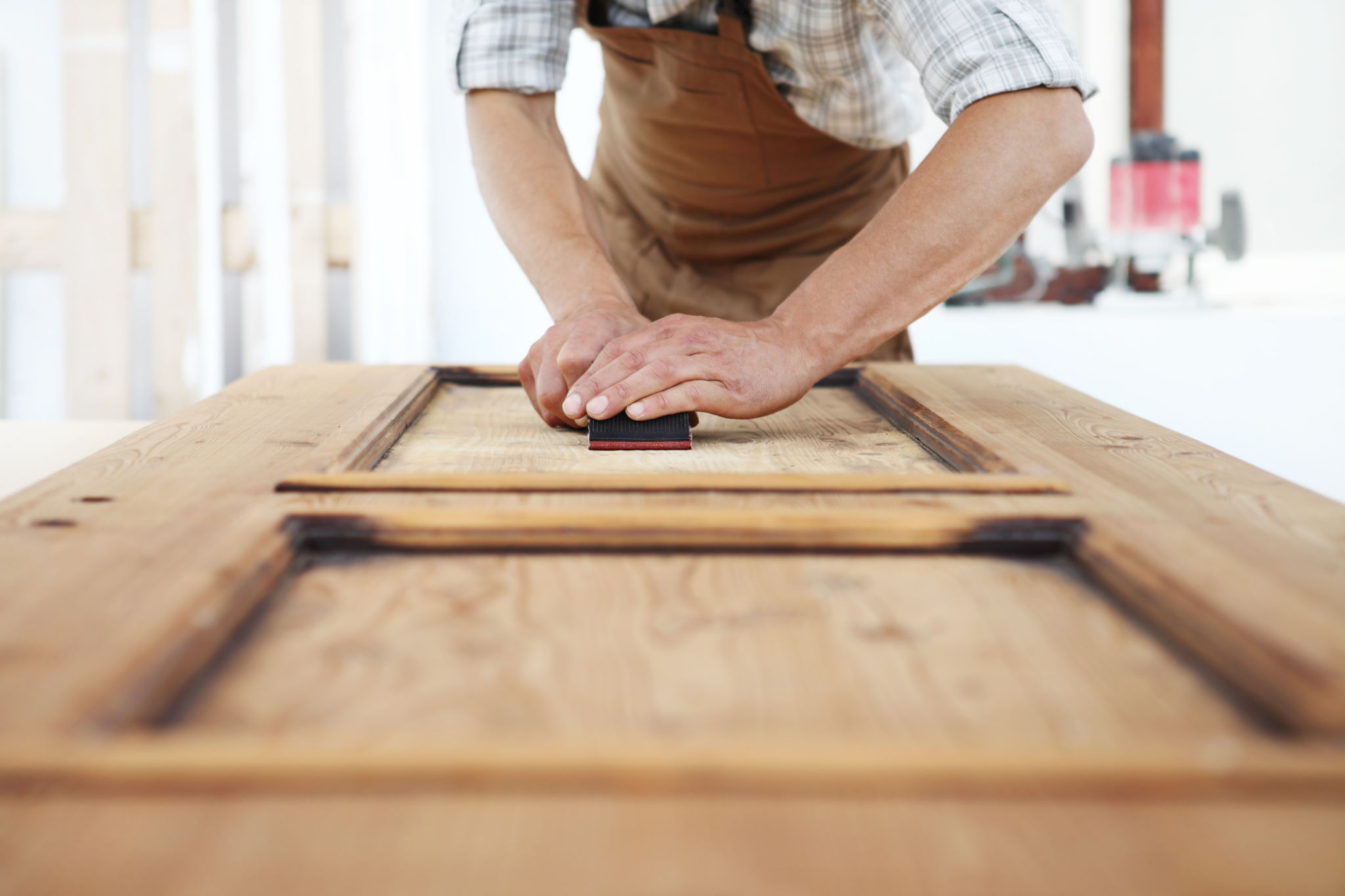Why Choose Laser Ablation Over Traditional Methods for Wood Surface Cleaning
LL
Introduction to Wood Surface Cleaning
Wood surfaces, whether they are part of furniture, flooring, or art installations, often require cleaning to maintain their aesthetic and structural integrity. Traditional methods of wood surface cleaning frequently involve mechanical abrasion or chemical treatments. While effective, these methods can sometimes damage the wood or leave harmful residues.
In recent years, laser ablation has emerged as a revolutionary technique for cleaning wood surfaces. This innovative method offers several advantages over traditional techniques, making it an attractive option for conservators and restorers.

How Laser Ablation Works
Laser ablation involves using a focused laser beam to remove contaminants and unwanted layers from the wood surface. The precision of the laser allows for targeted cleaning without affecting the underlying material. This process is particularly beneficial for delicate or historically significant wooden artifacts.
The laser's wavelength and energy can be adjusted to suit different types of wood and the specific contaminants being removed. This customization ensures that the cleaning process is both effective and safe for the wood.
The Benefits of Laser Ablation
There are several key benefits to choosing laser ablation over traditional methods:
- Non-Invasive: Laser ablation is a non-contact process, meaning there's minimal risk of physical damage to the wood.
- Precision: The high precision of lasers allows for targeted cleaning, preserving intricate details in wood carvings and artwork.
- Environmentally Friendly: Unlike chemical cleaners, lasers do not produce hazardous waste or emit harmful fumes.

Applications in Conservation
Laser ablation is particularly useful in the field of conservation. Conservators can use this technology to preserve historical wooden artifacts without compromising their integrity. The method is effective in removing layers of old varnish, paint, and other contaminants that may have accumulated over time.
This technique also allows conservators to work on-site in museums or historical sites, reducing the need to transport fragile items to specialized facilities. The portability and versatility of laser equipment make it an ideal choice for such applications.
Comparing Traditional Methods
Traditional methods of wood cleaning often involve physical scrubbing or the application of solvents. While these methods can be effective, they carry certain risks. Physical abrasion may damage delicate surfaces, while chemical solvents can leave residues that alter the appearance or chemistry of the wood.

In contrast, laser ablation minimizes these risks. The process is controlled digitally, allowing for precise adjustments to suit specific cleaning needs. This reduces the likelihood of accidental damage and ensures a more consistent result.
Conclusion
For anyone involved in the maintenance, restoration, or conservation of wooden surfaces, laser ablation offers a compelling alternative to traditional cleaning methods. Its ability to provide precise, non-invasive cleaning makes it particularly well-suited to delicate or valuable items.
As technology continues to advance, it is likely that laser ablation will become an increasingly popular choice for professionals in the field. Its benefits in terms of precision, safety, and environmental impact make it a forward-thinking solution for wood surface cleaning.
